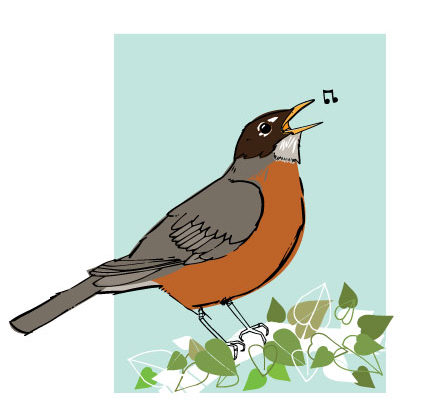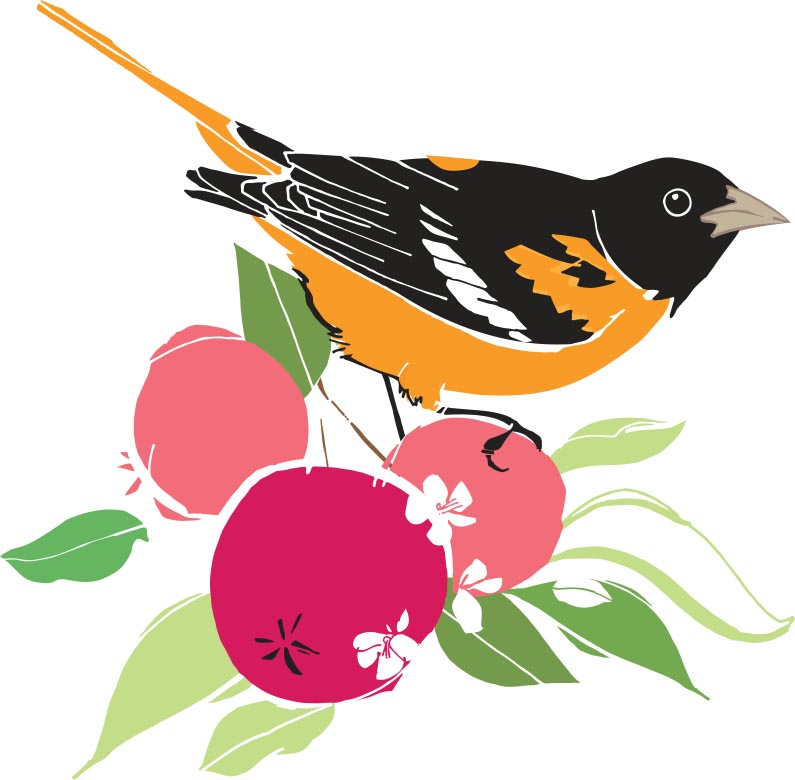Wondering which backyard birds are best at building their nests? How about which bird you can train to eat out of your hand? Or which of your garden visitors is the only bird that can fly backwards? Look no further, because we have the answers for you and a whole bunch more fun facts about the wild birds who make their home in your garden!
The Secret Lives of Animals is a new book out by Stacy Tornio and Ken Keffer with illustrations by Rachel Riordan. It’s filled with 1,001 amazing and little-known facts about North America’s wild animals. To give you a taste for the book, here are some facts from a few backyard birds highlighted in the book.
Robin
- Robins don’t use a nesting box like bluebirds do. However, they do like platforms, and you can buy special nesting platforms for them.
- Robins have some of the most easily recognized eggs in the world. They are light blue or greenish. There are usually 3 to 4 eggs total per nest.

Hummingbird
- Hummingbirds are the only birds that can fly backward.
- A hummingbird’s egg is about the size of a jellybean!
- Though the hummingbird species in North America are limited, there are more than 300 species around the world.

Chickadee
- If it seems like chickadees are always coming to your feeder. It might be because they’re taking the seeds off to hide them. They will hide (cache) seeds for later.
- Many people have trained chickadees to eat from their hand.
- Chickadees make a whistling call that sounds like Cheeeeeeeese-Bur-Ger. Listen for this sound when you’re out and about.

Oriole
- Orioles are superb at building nests. The nests are intricately woven with materials like grass, horsehair, and grapevine. They hang down like a sock.
- You might not realize it, but orioles are part of the blackbird family.

Wren
- Male wrens usually start building the nest. Then the female comes by to inspect it. If she likes it, they stay. If she doesn’t, they move on to a different area to see if it suits her better.
- If a house wren comes across another nest in the area where it’s trying to nest, it will try to destroy the nest or peck holes in the eggs. Like many other birds, wrens are very territorial. They don’t want another bird in their space!

Get more facts about birds, as well as mammals, insects, reptiles, and more in The Secret Lives of Animals by Stacy Tornio and Ken Keffer and illustrations by Rachel Riordan. This book is perfect for kids 4-12 or for any animal lover in your life.









That was a really great article and I was able to take a lot of information out of it ! Thank you so much.